I’ve always liked James Fitton. And I can say that with some confidence, as I had this postcard on my wall at university (quite some time ago now). It’s one of his designs for the Ministry of Food, from just after the end of the war.
I’ve still got the postcard; more pleasingly, we also now own one of the original posters too. It may have taken me twenty years, but I’m still quite chuffed about that.
Even a cursory look at his poster designs reveals a man who had a whole range of styles at his command. This Ministry of Food poster is from the same period, but can hardly be recognised as coming from the same hand (slightly pallid image from the Design Council Slide Collection).
This milk poster is also from that era (and, trivia fans, is the one that you can see in the front of these images from Britain Can Make It).
What that last poster does particularly show is Fitton’s use of really luminous colour (which must have been particularly hard to achieve with wartime/utility paper and printing materials). His 1941 posters for London Transport (also here) have the same almost supernatural, and very appropriate, glow,
By 1948, they’re almost dazzling. And of course in an entirely different style.
All of the above would, you’d think, would be more than enough to make him a revered and often-mentioned designer. But it turns out that’s not the half of it. The following is just an outline of what he achieved, the full shilling lives can be found here, here and here.
Throughout the 1930s, he was probably best-known as a cartoonist for left-wing periodicals such as the Daily Worker and Left Review. His work was influential and seen as avant-garde at the time (as in the use of real newspaper print in the cartoon below).
After the war, he continued working as a cartoonist and illustrator for magazines such as Lilliput.
Then there was the painting.
(This 1948 Brixton street scene is now in the Museum of London).
And he taught, he served on official bodies, and the Design Council slide collection suggests that he even found time to design some fabric too.
All of this while holding down a day job as the Art Director of Vernons, which he helped make into one of London’s leading advertising agencies. I’m exhausted just reading about it.
It may be that being able to work in so many disciplines is one of the reasons why he’s not so well known today; the collectors and writers about Lilliput don’t know about his posterworks, the cartoon historians have no idea that he’s also in the collection of the Tate Gallery and so on. I think it’s a pity, and also unfair, as his poster designs are not only the equal of those by better known designers, but also have a haunting quality which perhaps carries over from his artworks. In some ways I’d rather live with a Fitton on my wall (if anyone would like to send some, please feel free) than with many other posters. Am I alone in thinking that? Answers in the comments box below if you please. After this last rather lovely London Transport poster from 1937.
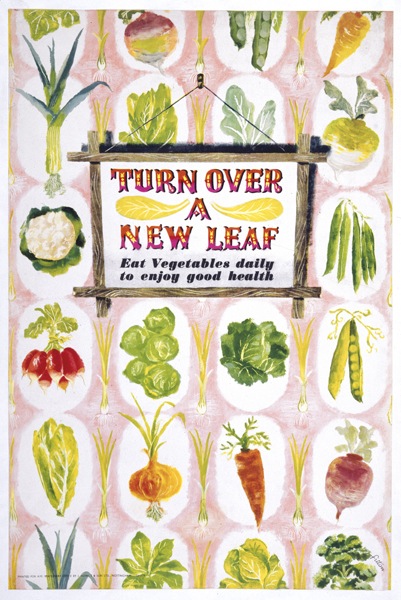
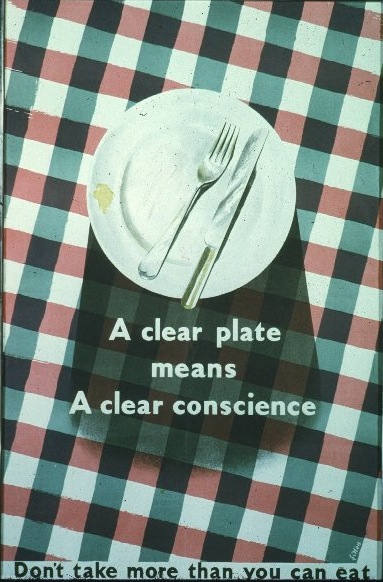
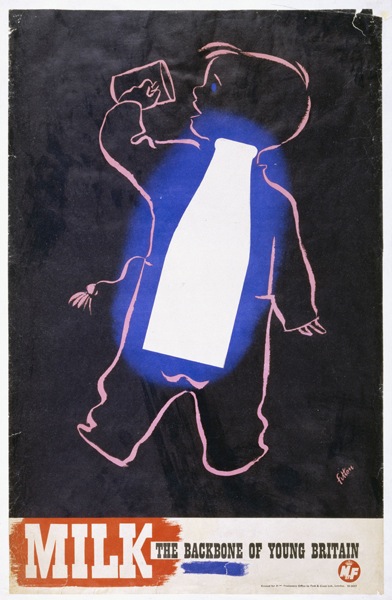
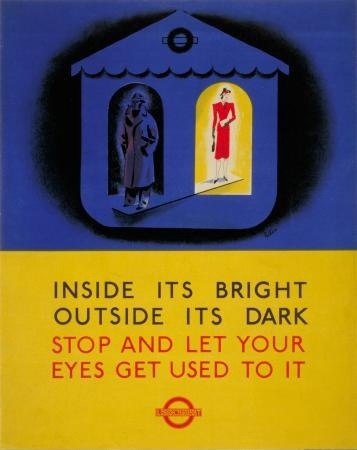
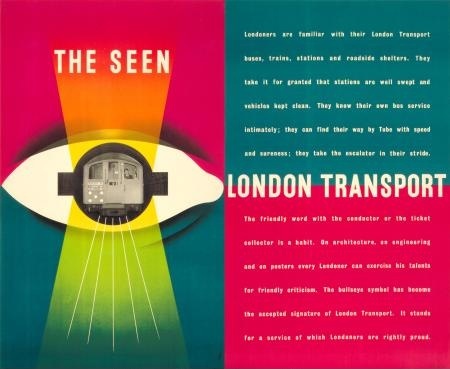
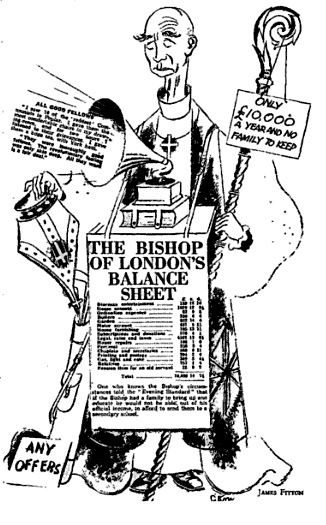
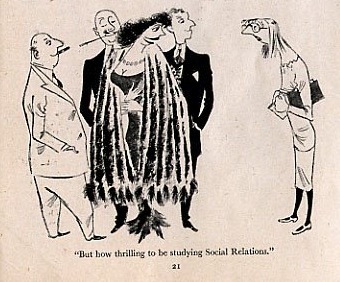
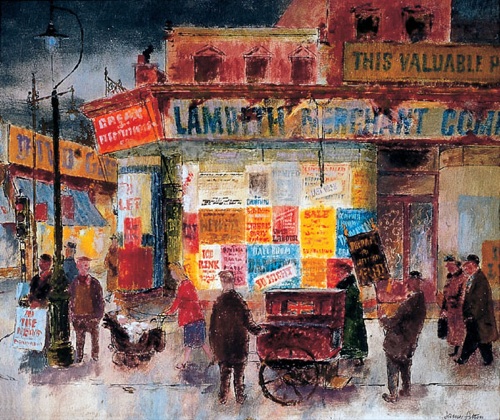
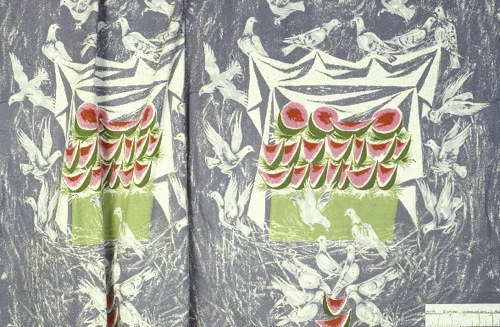
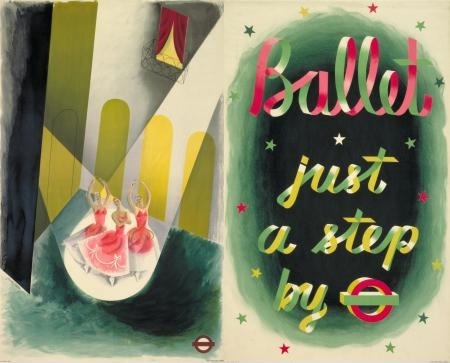
They had the original of that The Seen poster on display at the London Transport Museum last year. It’s so modern-looking!
http://www.flickr.com/photos/mondoagogo/3423528119
In fact, looking that one out I also came across this one which I think might have been by Lewitt-Him?
http://www.flickr.com/photos/mondoagogo/3423492541
It really is quite extraordinary, isn’t it. The more I look at it, the more I like it.
The other one is actually an Eckersley (but I had to look it up on the LT museum website to know that as I’d never seen it before). all the info is here:
http://www.ltmcollection.org/posters/poster/poster.html?_IXSR_=gfyiuxem8Pe&_IXMAXHITS_=1&IXinv=2005/17396&IXsummary=results/results&IXsearch=smoking%20&_IXFIRST_=4